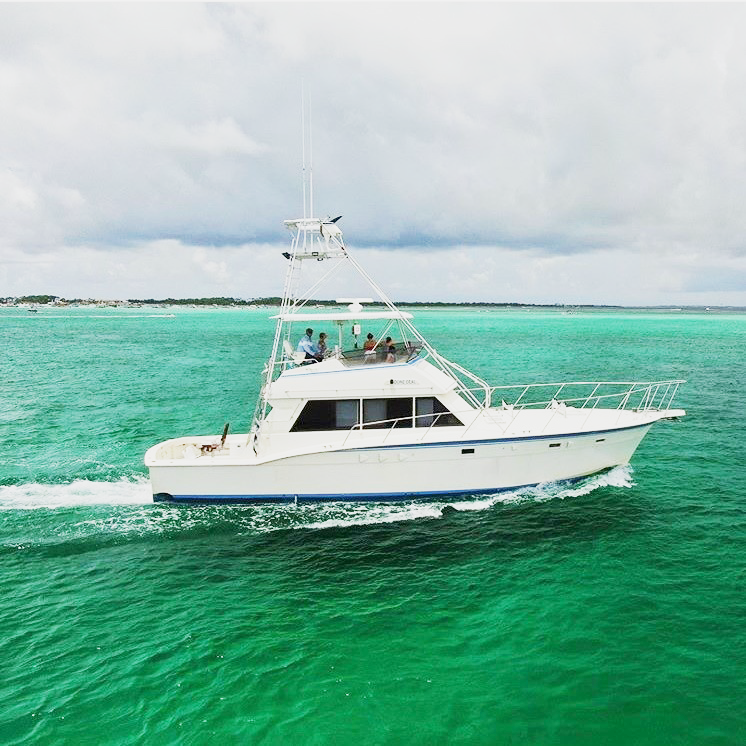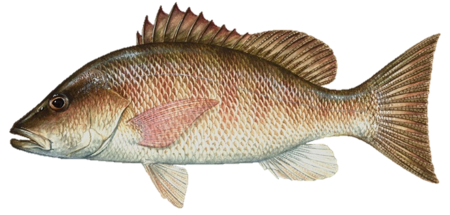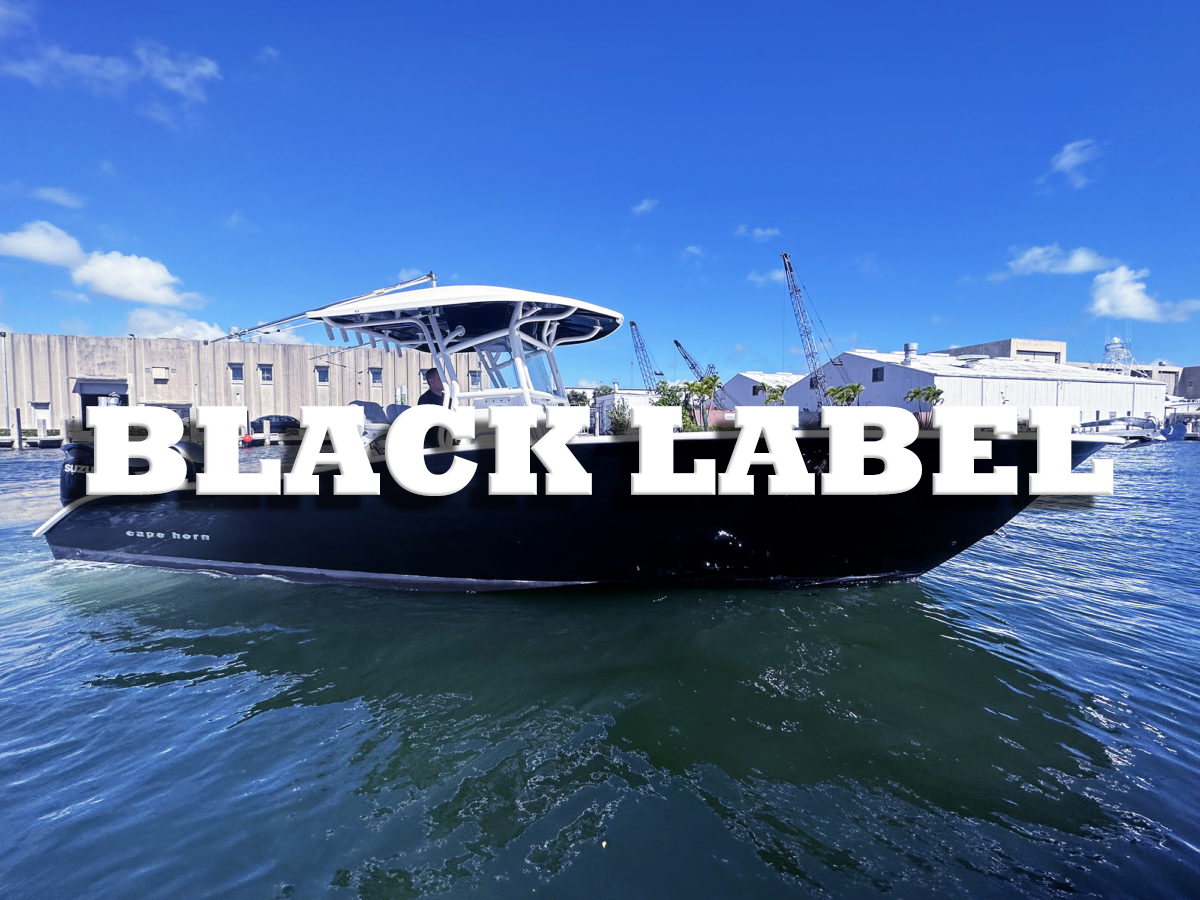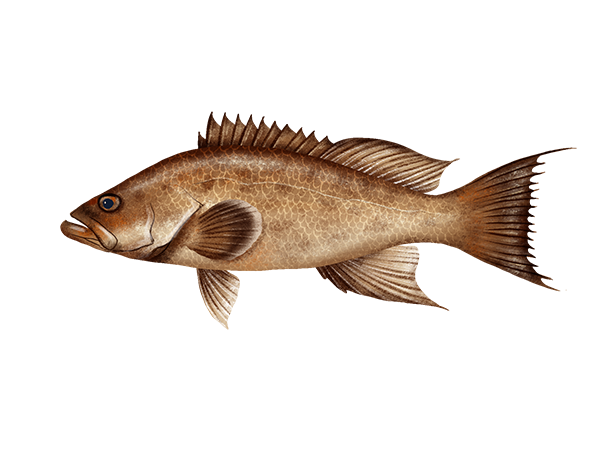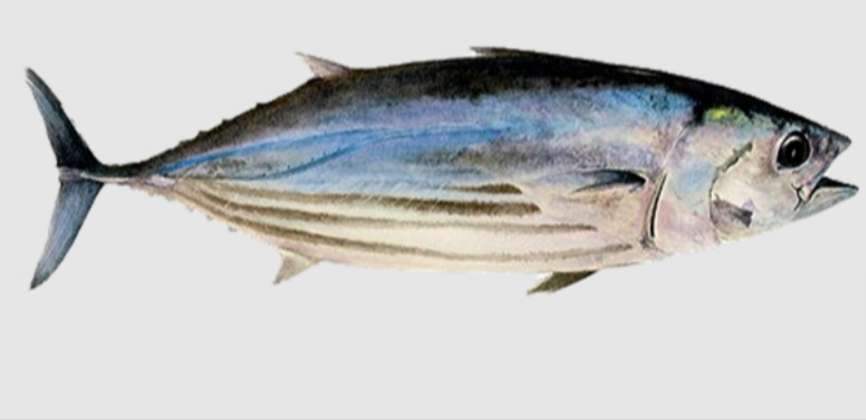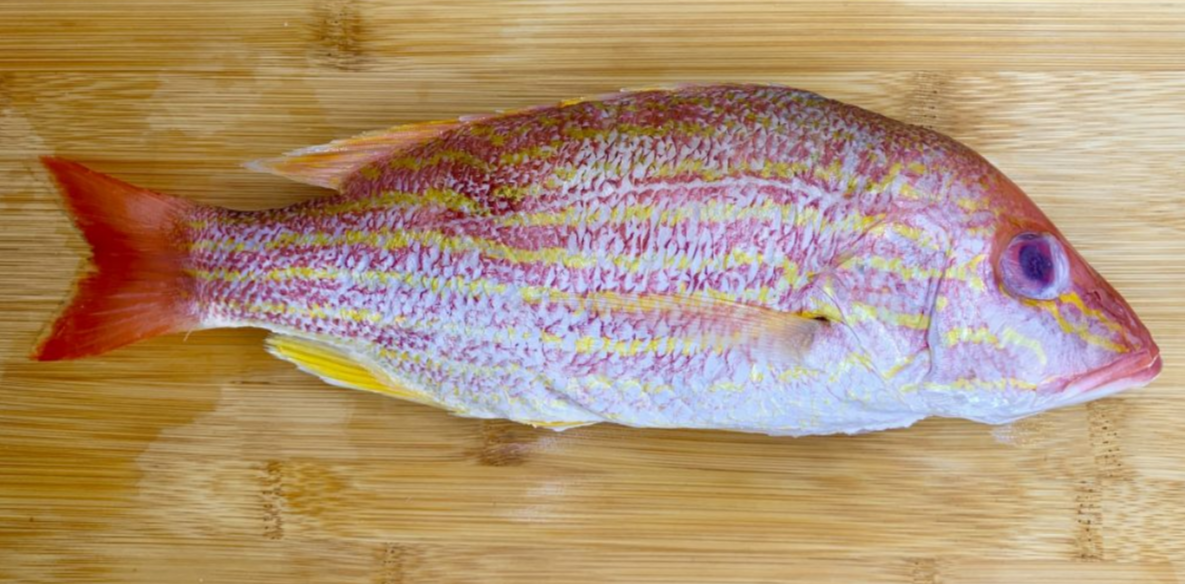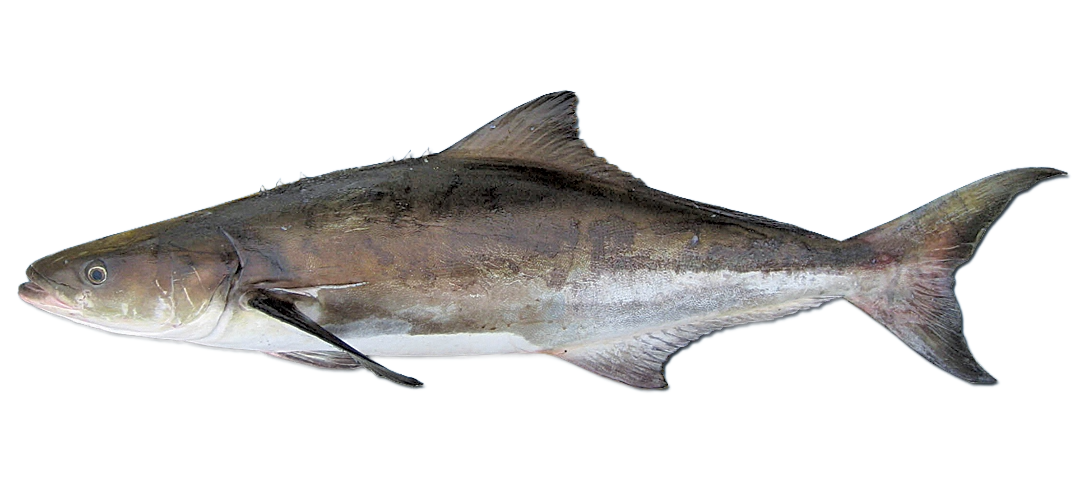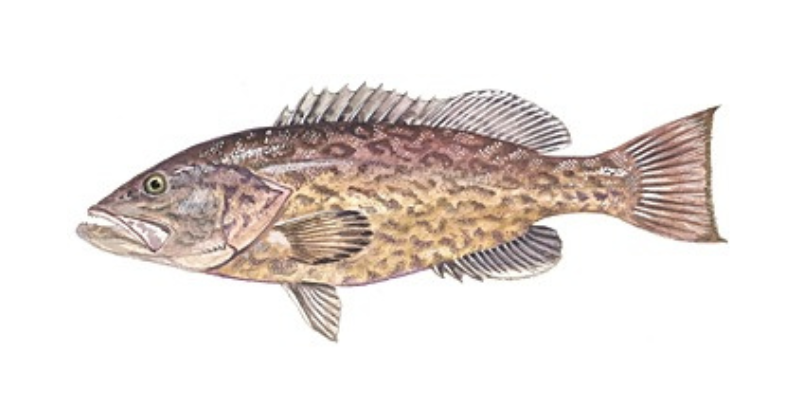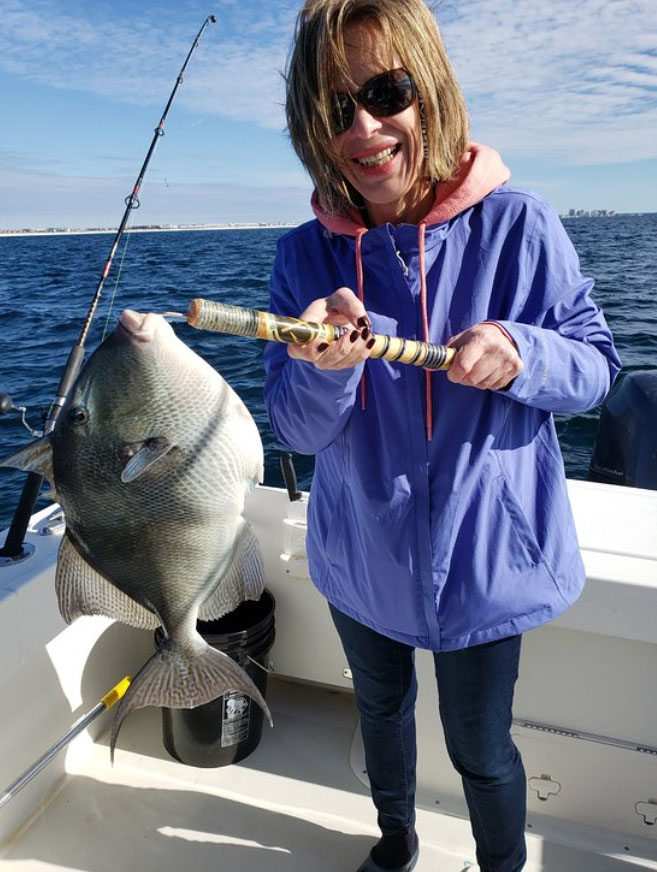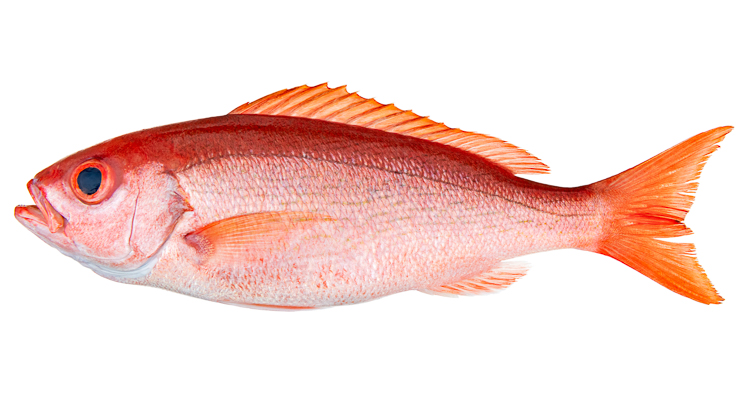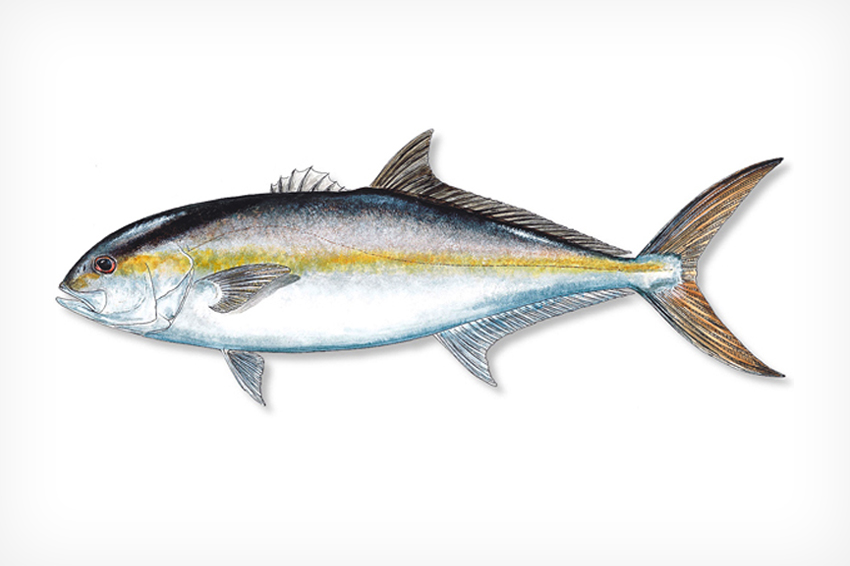February Nearshore/Inshore Destin Florida (within 9 miles of shore):
Fishing near shore in Destin consists of lots of bottom fishing. This is dropping baits on either natural bottom or artificial wrecks/reefs. Like bay fishing this time of year there is not much bait around, but the bait will start returning in February and the fishing starts heating up. With the lack of bait around these structures it does not mean that there are less fish. This typically means the fish are just less active since they have less energy. This doesn’t mean less fish will be caught, it just means that the bait sent down to them needs to have the presentation that make those fish want to expend their energy to eat. There are lots of fish around in February that will be caught but will have to be released such as, red snapper, greater amberjack, triggerfish, and gag grouper just to name a few. We will focus more on the fish that are legal to keep and tend to be good table fare!
Vermilion Snapper:
Vermilion snapper this time of year tend to move into deeper water and push a little further from shore than in the summer, but can still be caught in state waters. These fish like to hang around natural bottom such as rocks or reefs. They are usually caught on squid or fresh bonita chunks. Vermilion snapper have a minimum length of ten inches to keep, and you can keep ten a person. These fish are wonderful anyway you prepare them, and are very similar tasting to red snapper, and preferred by most locals over red snapper.

Vermillion Snapper Are The “Red” Fish in This Photo
White Snapper:
White snapper are very similar to vermilion snapper in the way they are caught. Although the main difference is, white snapper can be caught on natural and artificial bottom during this time of year. They are not the largest fish out there, but they are great table fare. When fishing for white snapper, they are usually caught on a two or three hook rig tipped with squid or bonita chunks. White snapper are an unregulated species in the gulf of Mexico.
Flounder:
Flounder are caught in the Gulf of Mexico this time of year around Destin. In the warmer months they will be caught in the bay, but in February they tend to stack up outside of the pass, and around shallow water wrecks/rock piles. It is best to use a Carolina rig with about two feet of leader line from the weight to the hook. The best bait to use for flounder is bull minnows, shrimp, or strips of squid. The most effective technique is to cast down wind of the wreck or rock pile, and slowly work your bait back to the boat on the bottom. You do not want to fish directly up and down on the wreck, the flounder like to lay on the sand down wind of the structure. When working your bait back to the boat if you get a flounder bite you will notice your rod load up and feel like you are pulling on a heavy towel. When this happens just stop for a few seconds then start reeling, if your rod loads up, start reeling and work that flounder in. Flounder now have a minimum size of 14 inches and allow 5 per person.
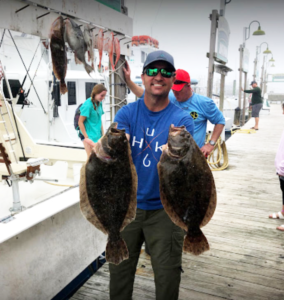
Scamp Grouper:
Since gag grouper are closed this time of year, scamp are the most common grouper caught in state waters that are legal to keep. Scamp are typically found on wrecks and more often on natural bottom, and prefer water depths of 70 plus feet. It is best to use a Carolina rig, and live bait such as cigar minnows or smaller pin fish. Scamp are one of the best eating bottom fish this time of year, but are not caught as often as other bottom dwellers.
Bonito:
Bonito are not a bottom fish, but are more often caught trolling, or with jigs. This time of year bonita are often seen blowing up on the surface along the shoreline. They typically like to eat anything shiny, or white. Many people troll cedar plugs, or yozuri crystal minnows work very good as well. They are a very good fight on light gear, and if handled correctly can be decent table fare. It is very important to bleed bonita when you catch them, and this will take most of the fishy taste out of the meat.
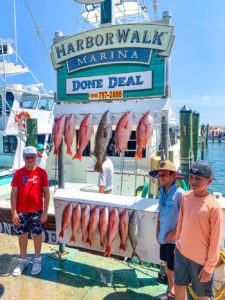
Bonito is the Bottom Right Fish

